
The Neversink Mountain Sienna Mine was a mineral pigment mine on the north side of Neversink Mountain in Reading, Berks County, Pennsylvania. The mine was in a limonite-rich section of the Cambrian Hardyston Formation, which is a coarse quartzite that is also used as a source of sand and road aggregate. The mine produced sienna, a mineral pigment derived from limonitic iron oxides. Sienna from the Reading area was an important source of pigments for the Crayola crayon factory located in nearby Easton, Pennsylvania.
HISTORY OF NEVERSINK MOUNTAIN
Thename “Neversink” is from the American Indian word “navasink,” which means “at the promontory.” Neversink Mountain overlooks the Schuylkill River and nearby valleys. During the early 1800s to early 1900s, the main industry on Neversink Mountain was tourism. From 1880 to 1930 Neversink Mountain had Ive hotels, an entertainment complex and the Neversink Mountain railroad, which operated from 1890 to 1917. Thehotels eventually burned down and were never rebuilt. Theresorts, picnic groves and railroads disappeared and were overtaken by nature.
HISTORY OF THE SIENNA MINE
Pigment mining was also important. Around 1903, a bed of sienna ore in weathered Hardyston quartzite was found in sand pits on the Haak Estate on Neversink Mountain and identified as a potential mineral pigment. Drifts were run into the quartzite and mining began.
The C.K. Williams and Company, a mineral pigment business, also operated a mine on Neversink Mountain, but I am not sure of the location. Prior to 1910, the only mining done on Neversink Mountain was by John P. Lance of Reading, an heir to the Haak estate. The mine was small and employed only a few men, and annual production was 125 to 200 tons.
この記事は Rock&Gem Magazine の Rockhound Roadtrip 2024 版に掲載されています。
7 日間の Magzter GOLD 無料トライアルを開始して、何千もの厳選されたプレミアム ストーリー、9,000 以上の雑誌や新聞にアクセスしてください。
すでに購読者です ? サインイン
この記事は Rock&Gem Magazine の Rockhound Roadtrip 2024 版に掲載されています。
7 日間の Magzter GOLD 無料トライアルを開始して、何千もの厳選されたプレミアム ストーリー、9,000 以上の雑誌や新聞にアクセスしてください。
すでに購読者です? サインイン
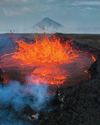
THE BRIGHT SIDE OF VOLCANIC ROCK
As a mineral resource, volcanic rock is decidedly short on glamour.
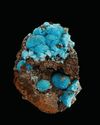
The Other Copper Minerals
12 Lesser-known Collectible Species

MINERAL COLLECTING -AND ROCK & GEM
Evolving Together FOR 54 YEARS
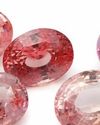
Gemstone Trends
A Look Back at 2024 & What to Expect in 2025
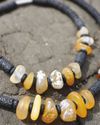
How to Make a GEM BEAD NECKLACE
No Lapidary Experience Needed!
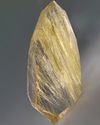
Framing Nature's Art
Faceting Rutilated Quartz for Beginners
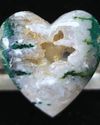
BEDAZZLED BLUE SEAM AGATE
More than several centuries ago, mining was the profession most often seen as befitting of men.
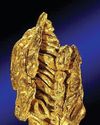
ROCK & GEM FIELD GUIDE:
Spinel is a captivating gemstone with a rich history of being mistaken for gems like ruby and sapphire.
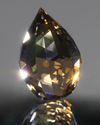
SNAKE SCALE DROP 1.5:1
This Faceting Focus is revisiting the briolette gemstone design because of its popularity with independent and hobby gemstone faceters.
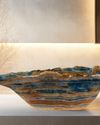
STONE CHIC
How Earth-Inspired Decor Brings Comfort to our Home